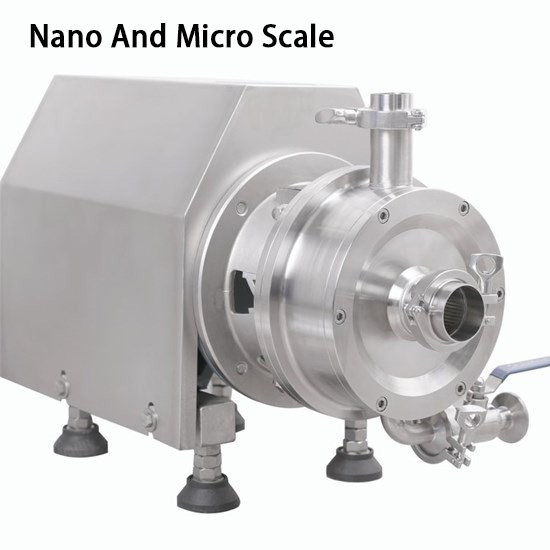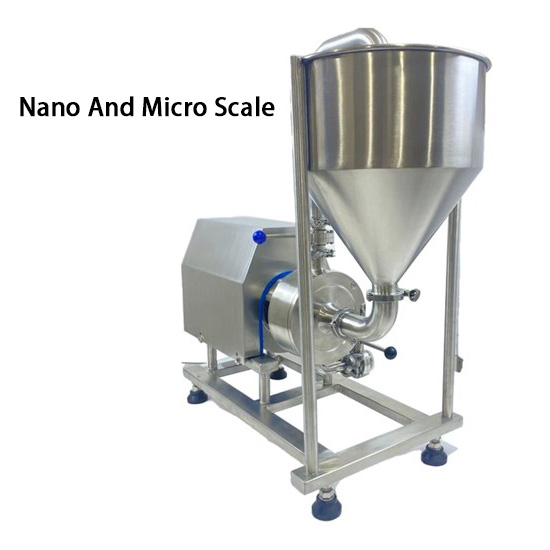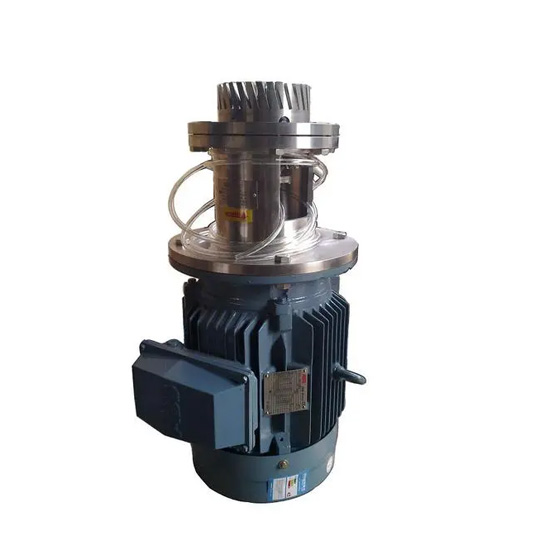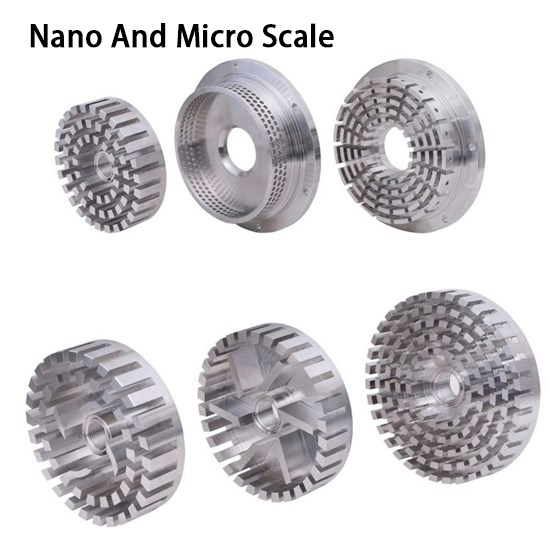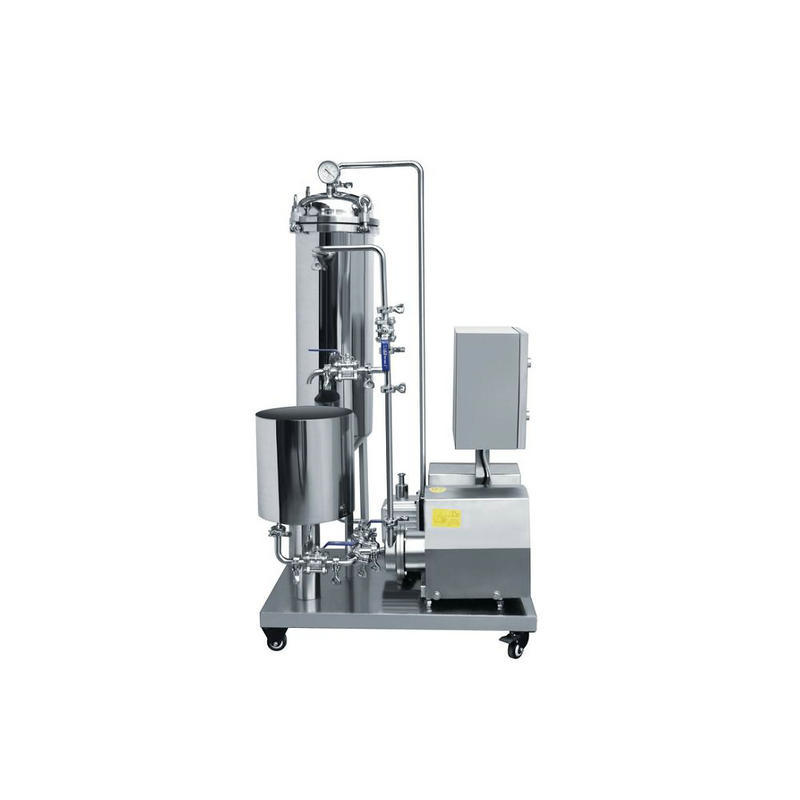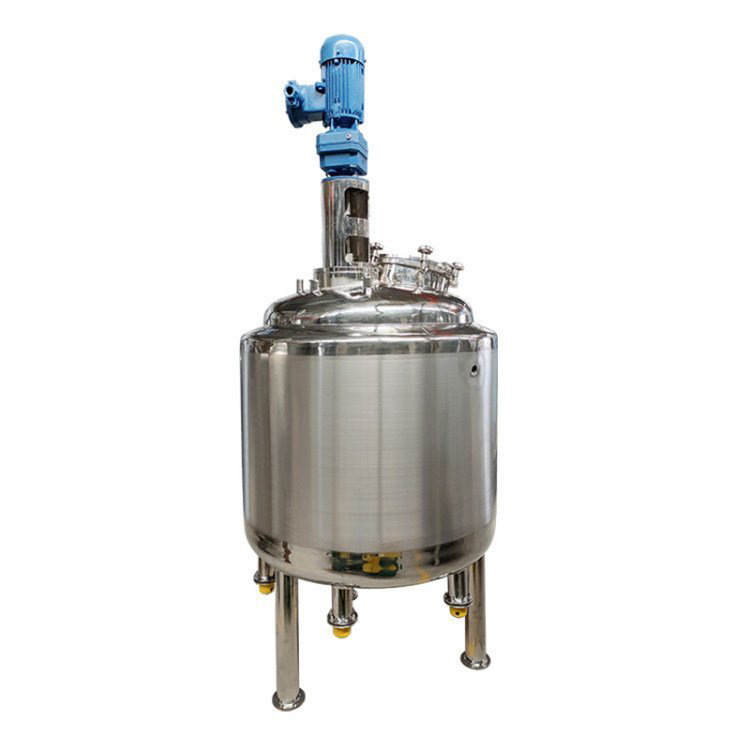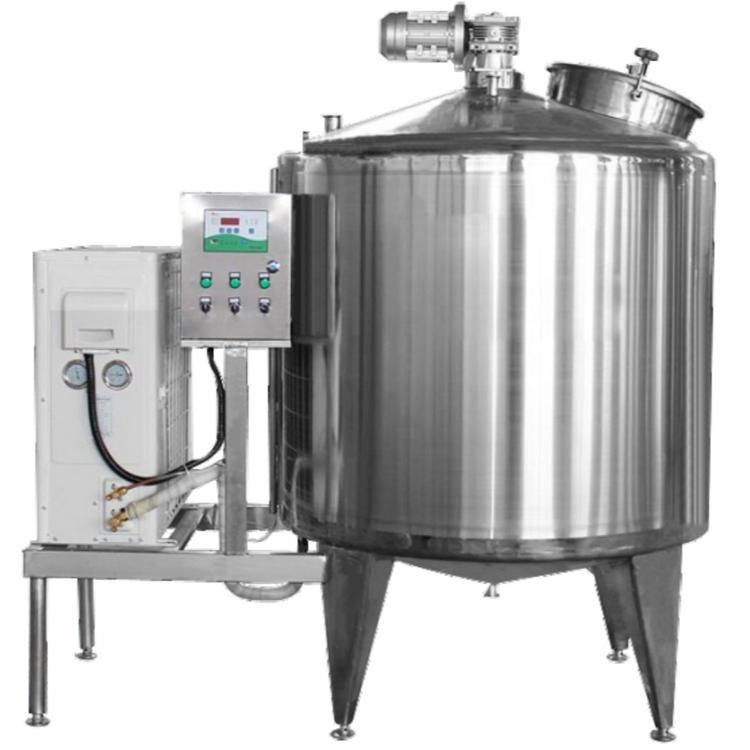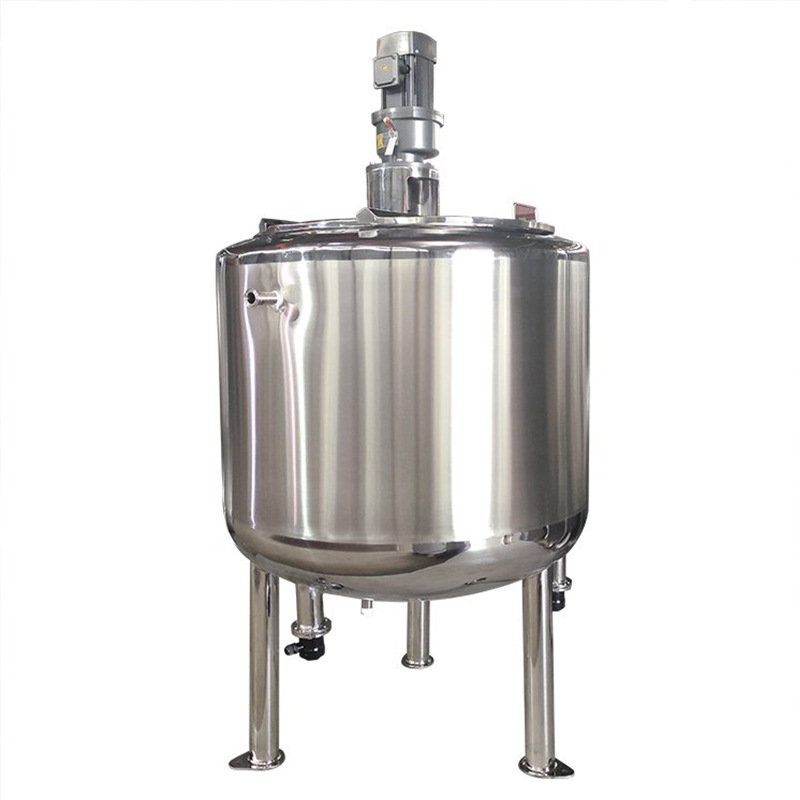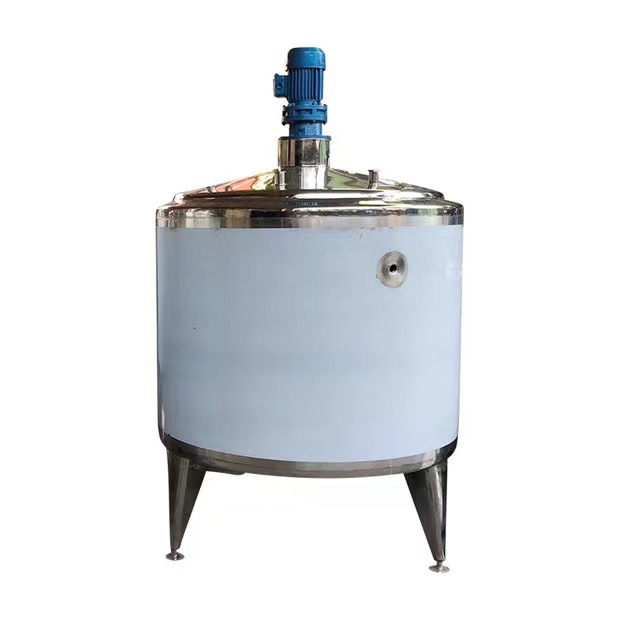Do You Know What A 250l Emulsifier Looks Like?
Emulsification Pump is widely used in cream products such as cosmetics, shower gel, sunscreen, sauces, juices, etc. in the food industry, ointments in the pharmaceutical industry, petrochemicals, paints, coatings, inks, etc.
The operation method is: dissolve water-soluble and oily emulsifiers in oil, start the vacuum emulsifier, start to form a water/oil emulsion, and the viscosity gradually increases slightly.
When a large amount of water is added to the main pot of the vacuum emulsifier, the viscosity will suddenly drop and transform into an oil/water emulsion.
The internal phase particles obtained by this method will be finer. When the water is added, maintain the slow stirring of the vacuum emulsifier for several minutes, and then homogenize for 3-15 minutes.
What are the steps for using a 250L emulsifier? Let's take a look at it next
1. Preparation: Make sure the emulsifier and related tools are clean, and prepare the required raw materials and formulas.
2. Filling the container: Open the lid or feed port of the emulsifier and pour the liquid or suspension to be emulsified into the container of the emulsifier. Be careful not to exceed the maximum capacity line of the emulsifier container.
3. Seal the emulsifier: Make sure the lid or feed port of the emulsifier is sealed to avoid overflow and safety issues.
4. Adjust parameters: On the control interface of the emulsifier, set appropriate parameters such as stirring speed, time and temperature according to your process requirements. If the emulsification process requires specific program steps, make sure to set the program parameters correctly.
5. Start the emulsifier: Press the start button or start the emulsifier according to the instructions in the operation manual.
6. Monitor the process: During the emulsification process, pay attention to the operation of the emulsifier to ensure that everything is normal. Monitor the parameters of the emulsifier such as temperature, stirring speed and time to see if they meet the requirements, and make necessary adjustments.
7. Complete emulsification: Stop the emulsifier when the emulsification time reaches the preset value or the desired emulsification effect is achieved.
8. Discharge: Open the discharge port of the emulsifier and pour out the emulsified product or remove it by other specific methods.
9. Cleaning and maintenance: Use appropriate cleaning agents to clean the container, blades and other parts of the emulsifier, and perform regular maintenance and care according to the maintenance manual of the emulsifier.
Please note that the above steps are only general guidelines, and the actual use method may vary depending on the model of the emulsifier and the requirements of the manufacturer. Before use, be sure to read the operating manual of the emulsifier and follow the instructions provided by the manufacturer.
So for some materials that need to be heated, what heating methods does this emulsifier have?
There are two main heating methods for 250L emulsifiers: electric heating and steam heating.
Among them, the electric heating method usually heats the medium (such as water or heat transfer oil) in the interlayer of the emulsifier tank through the electric heating rod installed in the emulsifier tank. After heating, the medium transfers heat to the material in the emulsifier pot.
This heating method is convenient, hygienic, economical, safe, and has a long insulation time.
The steam heating method usually requires the customer to have a steam source, such as an industrial boiler. If there is no steam source, an additional steam generator device is required to generate steam in advance through electric heating for reuse.
This heating method has a fast heating speed, is easy to use, easy to cool, and can also be used for steam sterilization.
However, since this heating method puts pressure on the emulsifying pot of the high shear vacuum homogenizer, it is often necessary to heat the pot with steam into a pressure vessel through an enterprise with a pressure vessel license to ensure production safety.
